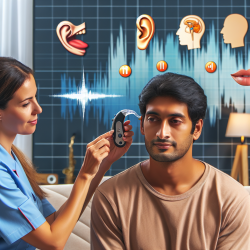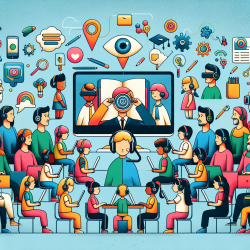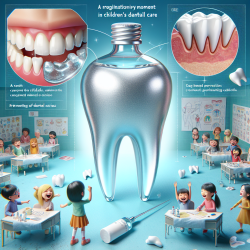As practitioners in the field of audiology, we continuously seek ways to improve the efficacy of hearing aid fittings and, by extension, the quality of life for our patients. The conventional reliance on audiometric thresholds as the primary determinant for hearing aid selection has been a standard practice. However, the complexity of hearing loss and the dynamic nature of real-world listening environments demand a more nuanced approach. The research presented by David A. Fabry and Wayne O. Olsen in Nontraditional Auditory Assessment: Beyond the Audiogram offers valuable insights into alternative measures that can significantly enhance the process of hearing aid fitting.
One critical takeaway from the research is the importance of incorporating suprathreshold speech measures into the evaluation process. Traditional audiograms focus on identifying the softest sounds a person can hear, yet many individuals with hearing loss report difficulties understanding speech in noisy environments—a scenario that audiograms do not simulate. By employing speech recognition tests in noise, clinicians can obtain a more accurate representation of how hearing aids will perform in real-world situations, leading to more tailored and effective fittings.
Another area highlighted in the study is the assessment of hearing aid benefit through nonstandardized anecdotal evidence versus objective measures. The use of self-assessment scales and user-selected frequency responses provides invaluable feedback directly from the hearing aid users. These measures not only offer insights into the subjective benefits of amplification but also empower patients by involving them in the decision-making process, potentially increasing satisfaction and long-term use of hearing aids.
The study also discusses the significance of evaluating loudness discomfort levels and the feasibility of new hearing aids that adapt to different listening environments. This underscores the necessity of moving beyond a one-size-fits-all approach to hearing aid fitting. By understanding individual loudness tolerance and preferences for frequency amplification in various settings, audiologists can customize hearing aids to better meet the specific needs of their patients.
Implementing the outcomes of this research into clinical practice involves embracing a broader spectrum of auditory assessments. While this may initially seem daunting, the potential benefits for patient satisfaction and hearing aid success are profound. Encouraging further research and development in this area is crucial as we continue to strive for improvements in hearing healthcare.
In conclusion, the insights provided by Fabry and Olsen highlight the limitations of traditional audiometric evaluations and the potential for enhanced hearing aid fittings through the inclusion of nontraditional auditory assessments. As practitioners, adopting these measures can significantly improve our ability to tailor hearing aid settings to the unique needs of our patients, ultimately leading to better outcomes and higher satisfaction levels. To explore these concepts further and delve into the detailed findings of the study, please follow this link: Nontraditional Auditory Assessment: Beyond the Audiogram.










